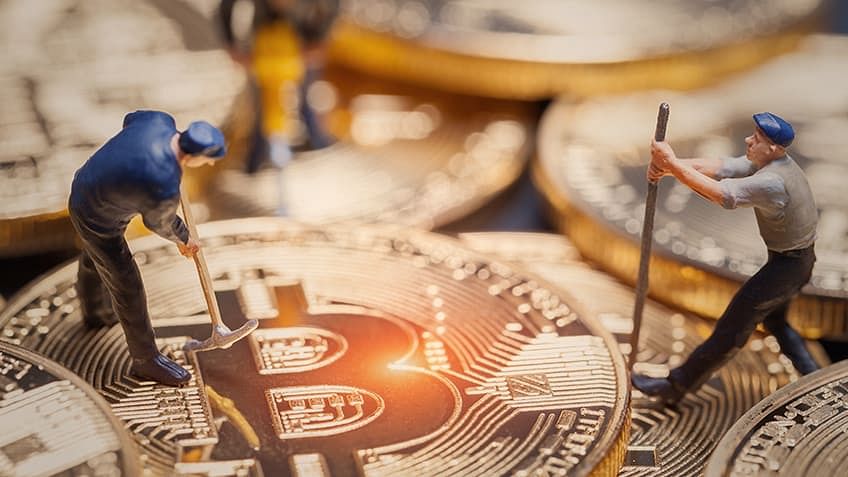How Does Virtual Currency Work?
A virtual currency is a digital currency that is largely unregulated and controlled by its creators.
People use it to buy virtual goods and services. Its uses range from buying items in online
games to purchasing subscriptions to online communities hyperverse cryptocurrency. While there are several legitimate
uses for virtual currency, the fact remains that it’s largely a fad. Regardless of the reason for its
creation, it’s worth investigating. If you’ve been curious about how virtual currency works, read
on.

While virtual currency may be attractive to many investors, you should be aware that it doesn’t
come with the same protections as other forms of investing. First, since it’s not backed by a
central bank or government hyperverse login, you’ll be completely reliant on these companies without any internal
controls, and they may be more vulnerable to fraudulent activity than other financial institutions.
Additionally, you’ll be relying on third-party and computer security systems to protect your money
from scams.
Another important factor to consider before buying a virtual currency is whether it’s regulated.
The Bitcoin network is unregulated and open to hackers. It’s important to note that some virtual
currencies have high transaction costs. Some exchanges charge custody fees, which can be
prohibitive for investors. While cryptocurrencies are a way to avoid these risks, there’s no
guarantee that they’ll stay that way. It’s also important to note that the supply of virtual
currencies is finite. Bitcoin, for example, has a finite supply, but this is a factor that has been
widely criticized.
The primary use of virtual currency is to purchase digital goods and services, but you shouldn’t
spend the virtual money to buy real ones. Most virtual currencies are sold on the gray market,
but this isn’t necessarily the best way to use them. You can exchange them for real money, but
be aware that you may not be able to spend them anywhere. The virtual currency is limited in its
use, so make sure you know what it is before purchasing one.

While Bitcoin and Ethereum are the most popular virtual currencies, many new digital assets
have been created that use Blockchain technology. These digital assets are decentralized and
rely on a system of trust, so the ability to transfer money from one country to another is a major
plus. The first generation of VCs, such as Bitcoin, are based on distributed applications and
smart contracts, and have the greatest chance of scalability. As a result, there are more than
200 local currencies around the world that use a variety of systems.
While the ECB’s definition of virtual currency is wide, the concept of a digital currency is still a
developing one. The world’s largest financial institution, the Federal Reserve System, recently
issued a proposal for a central bank digital currency. A central bank digital currency is a form of
currency issued by the federal government. As with any other digital asset, there are various
advantages and drawbacks of this idea. One of the biggest drawbacks of a virtual currency is
that it does not have a physical representation.



